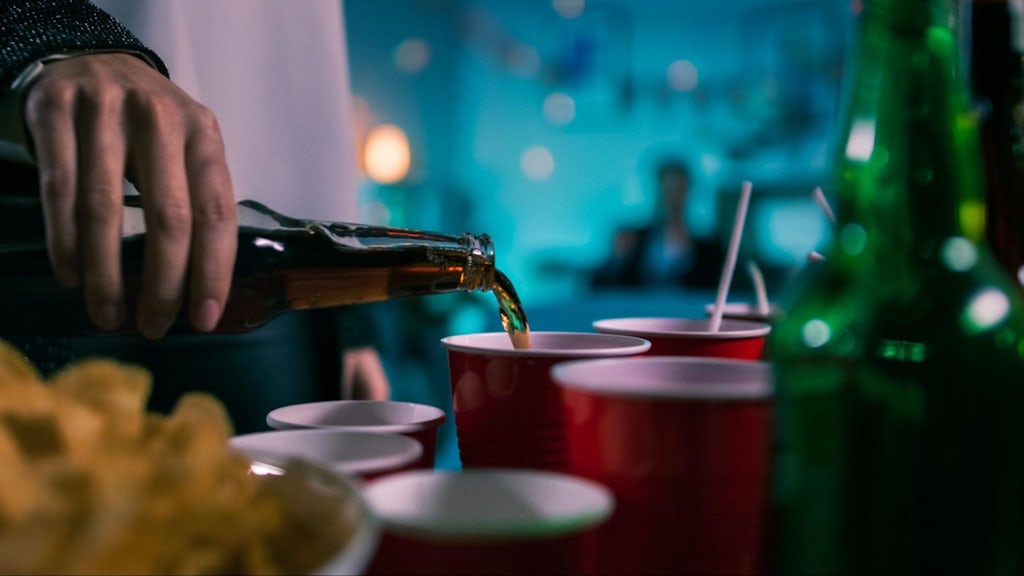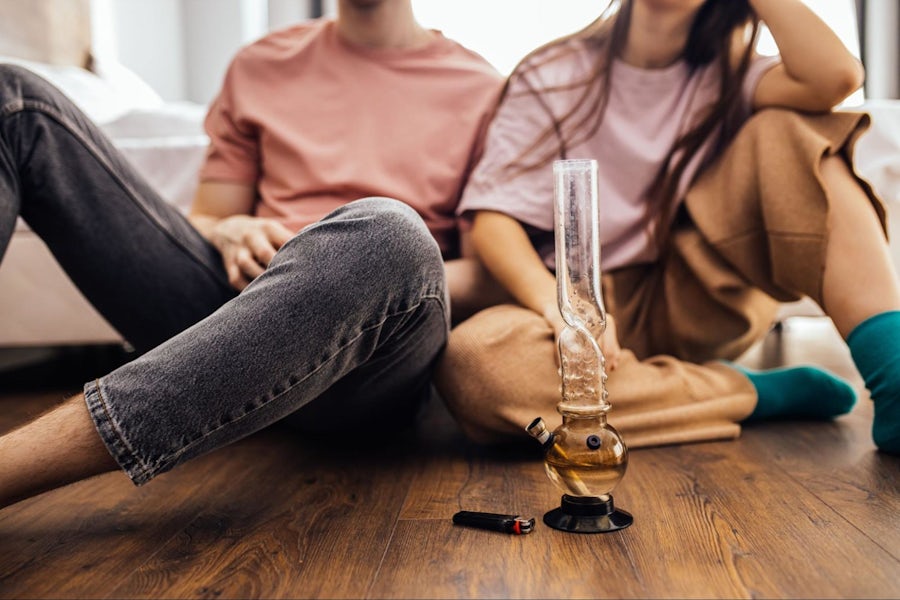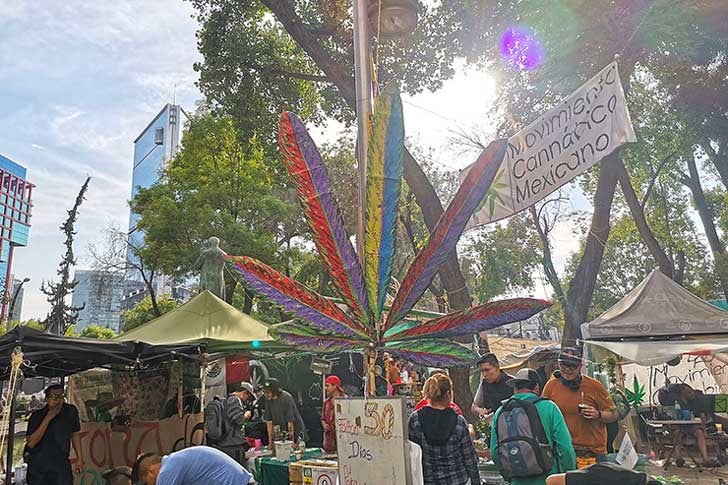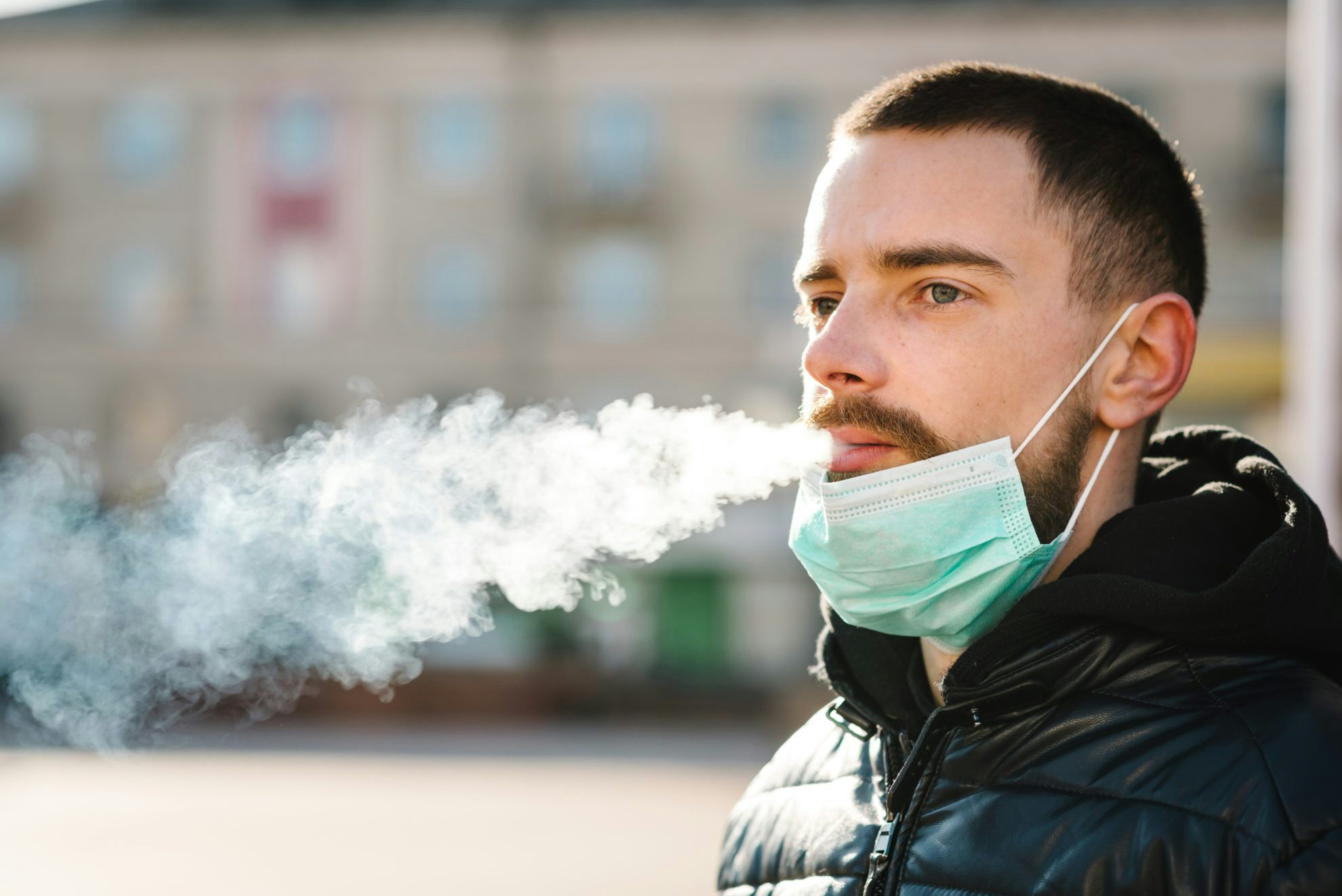College-aged adults are using cannabis at the highest rates since the 1980s and daily use has increased dramatically in just the past five years, according to a new study.
The 2020 Monitoring the Future (MTF) Panel Study found that 44% of college students reported using cannabis in 2020, compared to 38% in 2015. In addition, the study found that 8% of college students reported using cannabis on a daily or near daily basis in 2020, as opposed to only 5% in 2015.
Among their peers who aren’t in college, use in 2020 stayed at 43%, the same result the study found in 2018 and 2019. The study also found no increase in marijuana use among high school seniors in recent years, with the percentage of past year use staying around 35%.
In addition, the 2020 survey found that while the percentage of college-aged adults who reported vaping marijuana in the past 30 days had increased from 5% to 14% between 2017 and 2019, this increase levelled off in 2020.
The study also found some regional differences that appear to correspond to cannabis status in those states. For example, the annual prevalence of marijuana use was higher in the West (46%) and Northeast (47%), and lowest in the South – 36%. The West includes the West Coast, which is made up entirely of legal cannabis states, while the Northeast includes legal cannabis states such as Massachusetts and Maine. The South, with the exception of a few legal state cannabis programs, remains the region with the least pro-cannabis laws on the books. Overall, annual prevalence of illicit drug use including marijuana, was highest in the West (50%), followed by the Northeast (49%), the Midwest (45%), and the South (41%).
The findings could be construed as indicating that marijuana legalization has fanned an increase in cannabis use among young adults, particularly those in college. Previous studies, including one carried out in Uruguay – which legalized cannabis in 2013 – have concluded that legalization does not in fact lead to an increase in use among adolescents, though these studies did not include college-aged adults.
The MTF study has tracked substance use among college students and non-college adults aged 19-22 every year since 1980. The 2020 survey was based on answers collected online from 1,550 college-aged adults between March 20, 20202 and November 30, 2020.
Use of hallucinogens up, binge drinking down
The study did not look only at marijuana use. It also found that past year use of hallucinogens increased among college students from 5% in 2019 to 9% in 2020. A similar increase was not seen among their peers who are not in college.

Perhaps one of the more interesting findings is that in 2020, only 28% of college students polled in the study reported being drunk in the past 30 days, as opposed to 35% in 2019. In addition, only 24% reported binge drinking in the past two weeks, as opposed to 32% in 2019. The study also found continued declines in prescription opioid misuse and nonmedical use of amphetamines like Adderall.
The principal investigator for the MTF study, John Schulenberg, Ph.D., stated that this was the first year in which binge drinking rates were similar among college students and same-aged adults who are not in college. Schulenberg surmised that “while binge drinking has been gradually declining among college students for the past few decades, this is a new historic low, which may reflect effects of the COVID-19 pandemic in terms of reduced time with college friends.”
Pandemic or not, the findings could be consistent with those of a 2019 report that found that rates of binge decline when cannabis is legalized for recreational use. According to the study, as of 2016, in US states with legal adult-use cannabis the binge drinking rates are 9% lower than the national average and 11% lower than the average in states where cannabis is not legal.
Sign up for bi-weekly updates, packed full of cannabis education, recipes, and tips. Your inbox will love it.

 Shop
Shop Support
Support
















